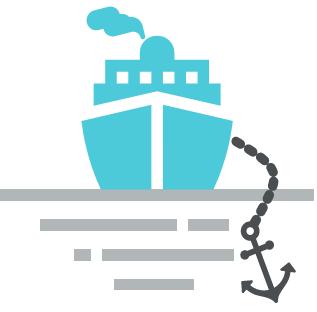Expedition to Explore and Manage Baltic Sea Underwater Munitions
The Baltic Sea is contaminated with remnants of munitions from past wars, but many questions remain about the exact locations of these munitions and their condition after decades underwater.
Three major projects at national, Baltic Sea, and European levels are currently working to consolidate existing knowledge and develop technologies to safely identify submerged munitions. The GEOMAR Helmholtz Center for Ocean Research Kiel is contributing to these efforts with three Baltic Sea expeditions.

Source: GEOMAR
The first mission has now begun, using the research vessel Alkor to develop mapping and analysis techniques in German and Danish waters, focusing on areas such as the exit of the Flensburg Fjord/Lille Belt, west of Bornholm, and the Bay of Lübeck.
Expedition AL628 will collect data for three major munitions projects:
- CONMAR, which investigates munitions management in German waters;
- MUNI-RISK, which focuses on the entire Baltic Sea;
- MMinE-SwEEPER, a nine-country European research effort.
In addition to scientific and technological objectives, such as assessing munitions contamination and improving autonomous mapping and analysis methods, the expedition also promotes international cooperation.
The expedition is utilizing two autonomous underwater vehicles and a small remotely operated vehicle from GEOMAR. Developing guidelines is one of the tasks of the MUNI-RISK project, which aims to enable Baltic Sea countries to better assess the risks posed by munitions.
The research vessel Alkor will next head to munitions dumping sites in the Bay of Lübeck, where researchers from the Polish institute IOPAN and the German Federal Police will join the expedition. The final destination will be off the coast of Boltenhagen, where a barge loaded with conventional munitions was sunk after World War II. The contents of the barge will be cleared by an explosive ordnance disposal company in June and July.
A subsequent expedition is planned for October 2025, focusing on investigating chemical munitions in Polish waters. It is estimated that 40 000 tonnes of chemical munitions from World War II, along with over one million tonnes of unexploded ordnance (UXO), lie submerged in the Baltic Sea, posing serious risks to marine ecosystems, human health, and industries such as fishing and offshore wind energy.

